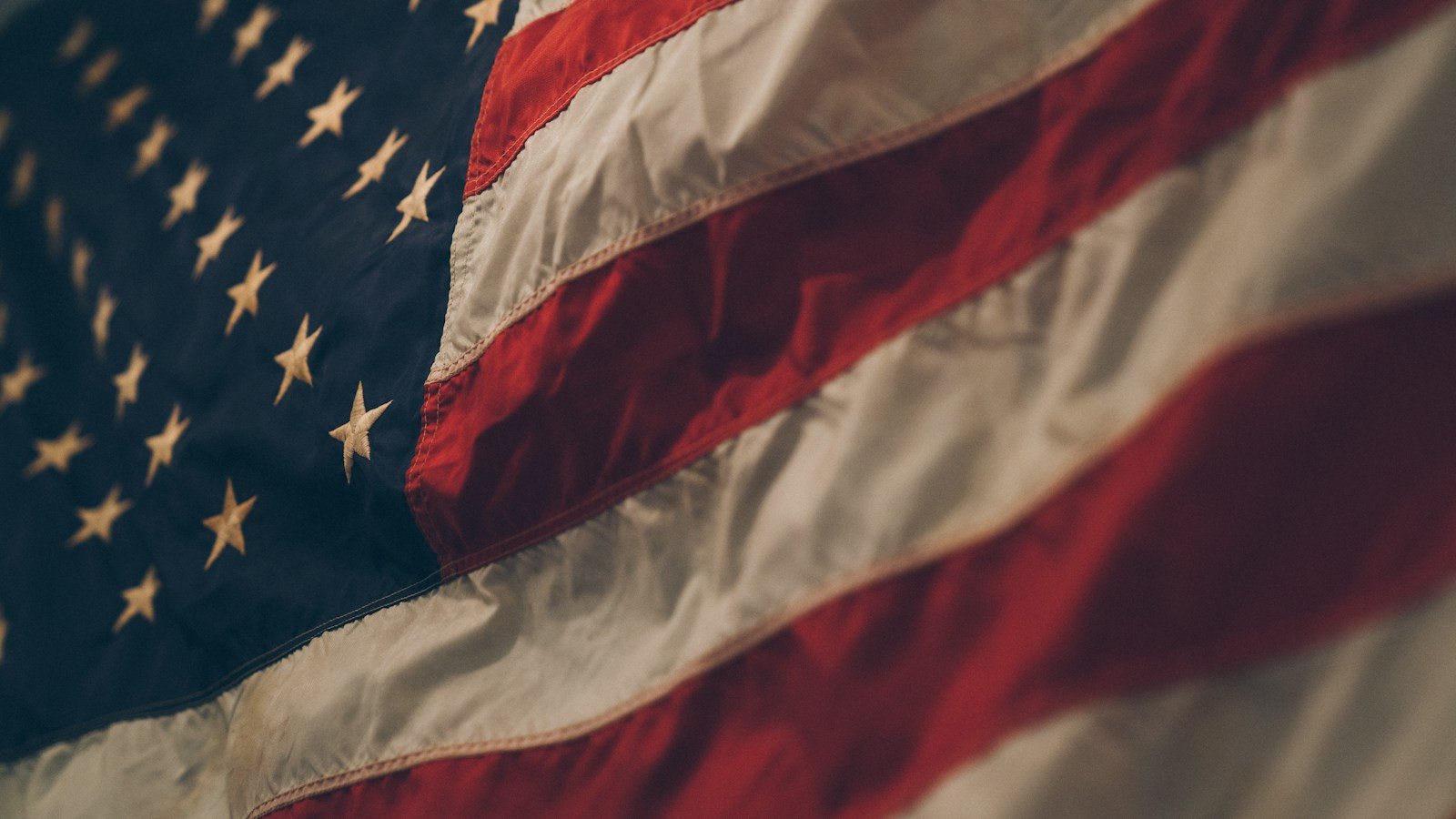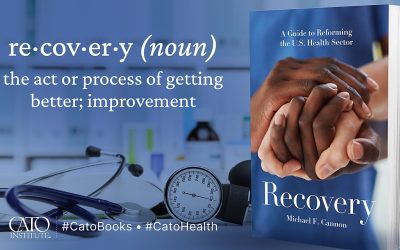Nearly a quarter of a century into the 21st century, we live in a world of electric cars and rockets flying to launch satellites into space. Infant mortality has dropped and life expectancy has risen as the wonders of science and progress spread across the globe. Yet, at the same time wars are waged — “hot” ones in Ukraine, Gaza, Yemen, and the usual African countries, and “cold” ones elsewhere. Energy prices have skyrocketed along with the cost of living. Countries like Venezuela, have fallen to the point that their citizens resort to eating dogs and paying smugglers a fortune to cross to freer borders; while Argentina seems on a reversal course of fortune.
Central to this is the most powerful and wealthiest nation on earth, the United States of America. As it enters another election year the U.S. appears domestically to be on a precipice, as alt-right “America first” nationalists wage a “mostly peaceful” battle with progressive-left “save democracy” “anti-racists.” They represent two conflicting visions of America with no common ground between them, leading to what some predict will be a violent civil war, with BLM race riots and a “J6 insurrection” being the initial salvos. In this context, historian and professor, C. Bradley Thompson has published a series of essays as a book, What America Is: The Moral Logic of the American Revolution and Other Essays, to shed light on that perennial question: “What is Americanism, and what does it mean to be an American?”
To Professor Thompson, America, is a country historically unlike any other, as being the first country to be born not as an accident of history, but as a decision based on a specific philosophy. Americanism, he stresses, is not something one is born into, as much as what one chooses. Writes Thompson, “I was an American born in the wrong country. Only later did I realize that to be an American is a choice and a way of life.”
What is this “way of life”?
“Americans are benevolent precisely because they are free. This is the genius of America. America is the freest nation in the history of the world, but that freedom does not lead to chaos or the rule of brute force. Instead, freedom leads to friendship, neighborliness, and the bonds of civil association. Government force cannot make us become friends; it can’t make us like or care for each other; it can’t make us share a meal with a perfect stranger. This can only happen when we’re free to choose—to choose how we want to live our lives and with whom.”
Thompson laments that despite attacks by terrorists on September 11th, and other countries on December 7th, 1941, the greatest threats to America in the past half-century have been internal.
Writes Thompson,
“The sad truth of the matter is that several generations of American intellectuals have been actively working to undermine the nation’s core principles and institutions. This is an observable and demonstrable fact. No armed military can defend America from this kind of assault. This effort has been quite deliberate, and it has been succeeding at an alarming rate. America today is fast approaching a cultural denouement that, unless confronted and thwarted, will cause the nation to collapse from within. The American spirit of liberty is not yet dead, but it is fading fast.”
He holds that America is attacked for its virtues, and that to defend those virtues, one must understand to the core what those virtues and values are. In his words, “Guns and bombs are not required to fight this battle. Your primary weapon is your mind, and your motivation must be your love for the promise of American life.”
In Chapter 1, “The Moral Logic of the American Revolution,” he notes Thomas Jefferson describing the Declaration of Independence as “an expression of the American mind.” Thompson then goes on to examine the components in the Declaration that make up that “American mind” namely: truth (“objective, absolute, immutable, universal, and permanent”), equality (“that all men share common qualities or attributes—namely, reason and free will—that distinguish them from all other species”), rights (“moral principles that serve as both a license to act and a fence to protect man’s freedom in a social context”), consent and revolution. He then shows the consequences of putting such theories into practice, that is, how “the moral logic” impelled them to act. In sum, they were “rebels with a cause.”
In Chapter 2, he answers the perennial question “What America is.” Though much has been written about what is wrong with America, Thompson takes on the task of “painting a portrait of what I think is best and most heroic about America.” In theory, Thompson notes that “The United States of America is the first nation in history to be founded on the basis of philosophy” which is outlined in her Declaration of Independence, which represents the philosophy of the Enlightenment. America is a country born of reason, or in Alexander Hamilton’s words “reflection and choice” as opposed to “accident and force.” More so, “Americanism,” and the culture that surrounds it, is not a matter of concretes, such as speech, food (Apple pie), dress (blue jeans), etc., but a set of concepts, expressed in that Declaration.
Echoing philosopher Ayn Rand, he writes:
“the American way of life with a social system that recognized, defined, and protected as sacrosanct the rights of individuals. The greatest achievement of the American Revolution was to subordinate society and government to this fundamental moral law.”
In practice this meant,
“A new civilization—a republican civilization—was born, free from the dead weight of the past, free from the encrusted hierarchies of old-regime Europe, free from artificial privilege and haughty arrogance, free from ostentation, decadence, and corruption, free from vicious, medieval laws, free from overweening state power, and free from the cynicism of low expectations.
… Liberated from Old World habits, regulations, and taxes, this new American society produced a new sort of man defined by entrepreneurial energy and creativity.”
The result of this was the “self-made man” who Thompson notes is best exemplified in word and deed by Frederick Douglass (he includes Douglass’ essay in the Appendix). He notes that contrary to what many think such individualism and liberty “encouraged and generated new associations and bonds of civil cooperation.”
Concludes Thompson at the end of the chapter, “The American experiment in self-government truly was a novus ordo seclorum. We must fight to keep alive the vestal flame of American liberty for the new explorers of the twenty-first century and beyond.”
In chapter 3, “Equality and The American Dream,” Thompson looks at the “great paradox of the American promise, however, is that it unites two seemingly contradictory principles: equality and inequality.” All men are created equal in their rights, but they are unequal in their abilities. How does one “square this circle?” Thompson proceeds to do so remarkably.
In chapter 4, “Independence Forever,” he recounts his naturalization to become an American citizen when he was flooded with raw emotions that brought tears to his eyes (and to this reviewer in reading his story) as he viscerally grasped to his emotional core what those sacred words meant.
Chapter 5, “America Seen from the Eyes of a Child” recounts his discovery as a child in Canada that he was an American born in the wrong country, to today as a professor at an American University where he observes that Americans born in this country feel the reverse. For this, he lays the blame on academia:
“For almost 100 years America’s intellectuals have waged a war of attrition against the core values of American civilization. College professors regularly teach that reality is unknowable, that truth and intellectual certainty are a mirage, that there are no moral absolutes, and that all cultures and ways of life are of equal worth. Since becoming a professor, I have seen firsthand the damage that our college professors have done to American culture. The reigning moral orthodoxy of America’s schools, from elementary to secondary and post-secondary is the doctrine of moral relativism.”
In Chapter 6, “Americanism, or America’s Last Best Hope” he observes the tensions that are breaking America apart, “There are now two Americas, and the division is not between “haves” and “have nots” or between whites and blacks. The coastal, blue state, Ivy–educated Ruling Elite has contempt for flyover, red state, trailer park deplorables, and vice versa. Where is all this leading us? This much is certain: to paraphrase Abraham Lincoln, a nation that hates itself cannot stand.”
He also observes that Americanism can provide a solution, and lead to a “Restoring the Vital Center” (Chapter 7) if those on the left and right can (re-)discover what Americanism is, and unite together as Americans. C. Bradley Thompson’s short book “What America Is” is an excellent place to start.
Recommended Links:
- What America Is: The Moral Logic of the American Revolution and Other Essays by C. Bradley Thompson (2023).




